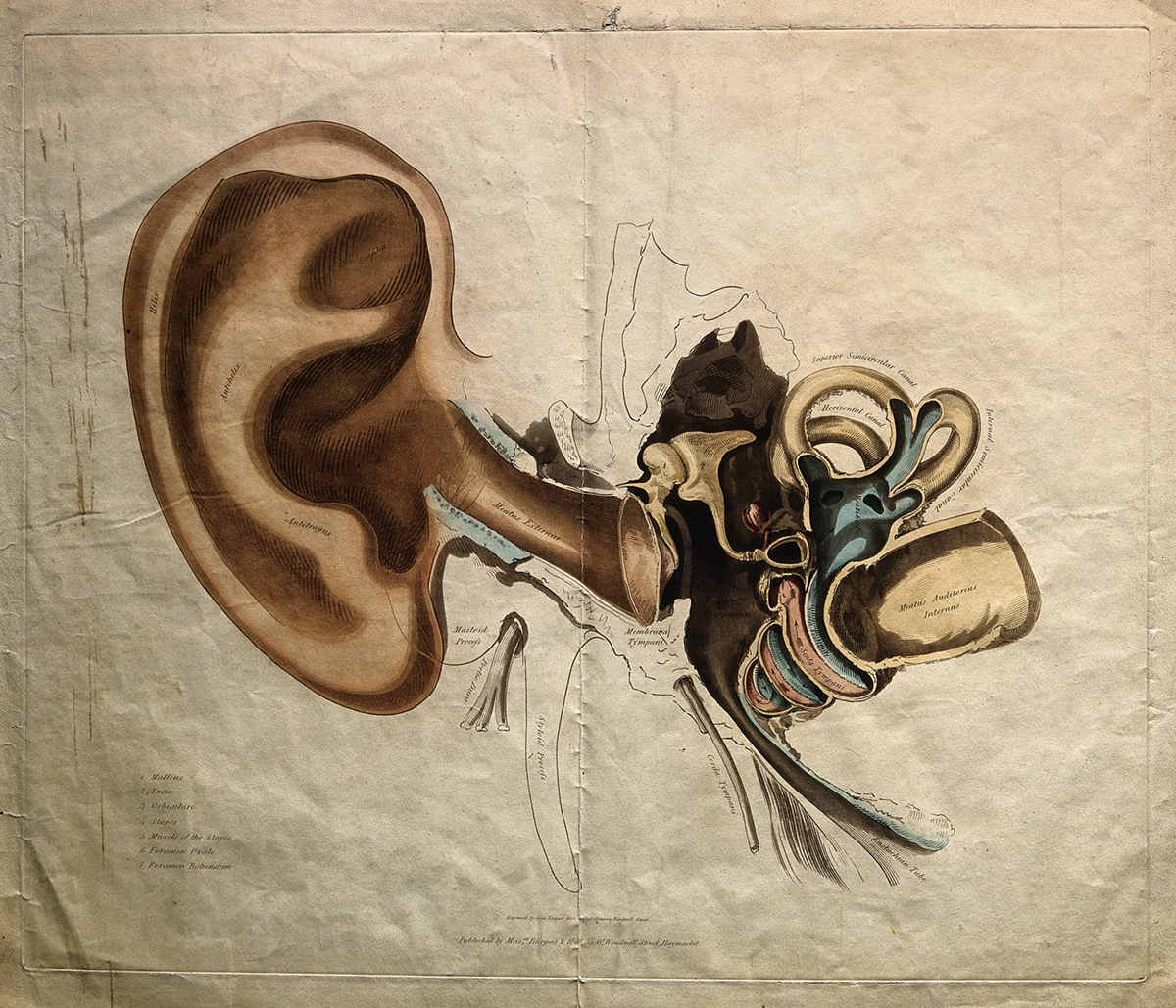
Introduction to inner ear balance
The ability people have to walk, go up a flight of the stairs, ride a bicycle, all depends on balance, specifically inner ear balance.
This is what allows people to do these activities without falling.
This is what helps people maintain their balance and coordinate their movements appropriately.
When people are having problems with their inner ear balance, this is when they experience dizziness and an inability to move properly. The system
The system of the inner ear is fairly complicated, but logical at the same time.
This part of the ear contains the organs that aid hearing and keep the balance.
In the inner ear, you will find the following organs, the three semicircular canals, utricle, saccule, cochlea and brain, of course.
The canals are filled with a fluid that lies in perpendicular planes and it helps with the tracking of head movements in three-dimensions, for example, up and down, side to side, and tilting the head diagonally.
This is what helps people maintain balance when performing everyday activities.
This is also aided by sensory hair cells. The fluid pushes against these cells, which then generates and sends impulses to the brain regarding whatever movement has occurred.
The utricle and saccule are organs that are responsible for tracking linear acceleration and deceleration. They also contain sensory hair cells that send impulses to the brain regarding movements in this direction.
The brain acts once it gathers information from all of these parts of the inner ear, and this is why people are able to perform such demanding activities such as baseball players hitting a small ball that is coming at them at over 100 miles an hour sometimes.
Problems
There are diseases and disorders that can affect the inner ear balance, however.
Viral and bacterial inner ear infections can cause disorders with balance and will also lead to significant pain in the ears.
Injuries, medications, blood disorders can also create disorders in the system.
When this occurs, people will experience dizziness and problems with their general movements and physical capabilities.
People with these problems will often experience the symptoms of light-headedness, vertigo, falling and disorientation.
Of course, when people are having inner ear problems it is obvious that there are activities that they need to stop doing until the problem is taken care of completely. Naturally, those that are having inner ear balance troubles should refrain from running, driving a car, riding a motorcycle, and anything else that can be dangerous when a person’s sense of balance has been disrupted.






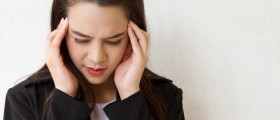





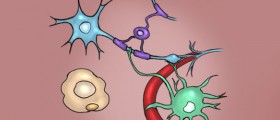

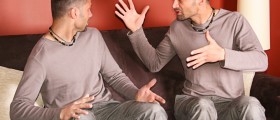
_f_280x120.jpg)
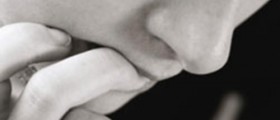
Your thoughts on this
Loading...